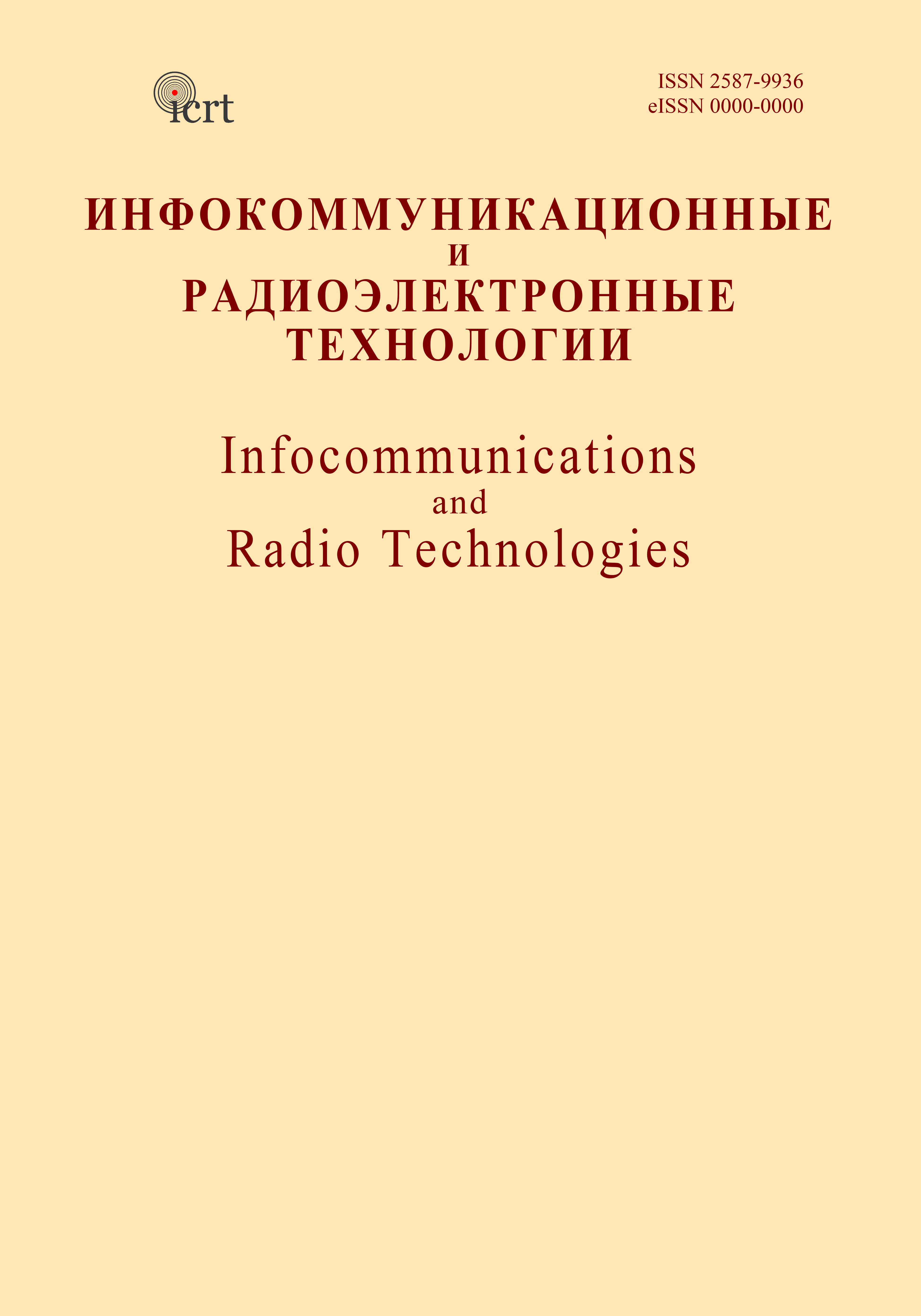Using radiotelescope RT-22 in Simeiz, methanol lines of CH3OH were monitored at frequencies of 19.967 GHz (transition 21 → 30 Е) and 20.971 GHz (transition 101 → 112 A) in the direction of the massive region of active star formation G358.931-0.030. Two flashes of maser radiation were recorded. Monitoring of the flare-up event that occurred at a frequency of 19.967 GHz was preached. Galactic close binary systems, consisting of massive stars at the stage of the preceding main sequence, can be powerful sources of gravitational waves.
radiotelescope, radio emission, flare, maser, gravitational waves
1. Sugiyama K., Fujisawa K., Doi A., Honma M. et al. Mapping Observations of 6.7 GHz Methanol Masers with the Japanese VLBI Network // PASJ, 2008, vol. 60, pp. 23-35.
2. Bartkiewicz A., Szymczak M., van Langevelde H. J. European VLBI Network imaging of 6.7 GHz methanol masers // A&A, 2016, vol 587, A104.
3. Urquhart J. S., Moore T. J. T., Schuller F., et al. ATLASGAL - environments of 6.7 GHz methanol masers // MNRAS, 2013, vol. 431, pp. 1752-1776.
4. Volvach A. E., Volvach L. N., Larionov M. G., Mac-Leod G. C. Detection of Methanol Maser Flares Near 19.9 and 20.9 GHz toward the Massive Source of Active Star Formation G358.931-0.030 // Astronomy Letters, 2019, vol. 45, no. 11, pp. 764-769.
5. Volvach A. E., Volvach L. N., Larionov M. G., MacLeod G. C., van den Heever S. P., Sugiyama K. Monitoring a methanol maser flare associated with the massive star-forming region G358.93-0.03 // Monthly Notices of the Royal Astronomical Society : Letters, 2020, vol. 494, pp. L59-L63.
6. Vol'vach A. E., Vol'vach L. N., Strepka I. D., Antyufeev A. V., Myshenko V. V., Zubrin S. Yu., Shul'ga V. M. Nekotorye rezul'taty sovmestnyh issledovaniy NII «KrAO» i RI NANU oblastey zvezdoobrazovaniya v santimetrovom i millimetrovom diapazonah dlin voln // Izv. Krymskoy Astrofiz. obs., 2009, t. 104, № 6, s. 72-79.
7. Sugiyama K., Saito Y., Yonekura Y., Momose M. Bursting activity of the 6.668 GHz CH3OH maser detected in G 358.93-00.03 using the Hitachi 32-m // The Astronomer’s Telegram, 2019, # 12446.
8. Volvach L. N., Volvach A. E., Larionov M.G. et al. Powerful bursts of water masers towards G25.65+1.05 // Monthly Not. Roy. Astron. Soc., 2019, vol. 482, pp. L90-L92.
9. Volvach L. N., Volvach A. E., Larionov M. G., MacLeod G. C., van den Heever S. P., Wolak P., Olech M., Ipatov A. V., Ivanov D. V., Mikhailov A. G., Mel’nikov A., Menten K., Belloche A., Weiss A., Mazumdar P., Schuller F. A Giant Water Maser Flare in the Galactic Source IRAS 18316-0602 // Astronomy Reports, 2019, vol. 63, no. 1, pp. 49-65.
10. Valtonen M. J. New orbit solutions for the precessing binary black hole model of OJ 287 // Astrophysical Journal, 2007, vol. 659, pp.1074-1081.
11. Hobbs G., Archibald A., Arzoumanian Z., Backer D., Bailes M., Bhat N. D. R. Burgay M., Burke-Spolaor S., Champion D. et all. The International Pulsar Timing Array project : using pulsars as a gravitational wave detector // Classical and Quantum Gravity, 2010, vol. 27, no. 8, p. 084013.
12. Manchester R. N. The Parkes Pulsar Timing Array // ChJAS, 2006, vol. 6, pp. 139-147.










